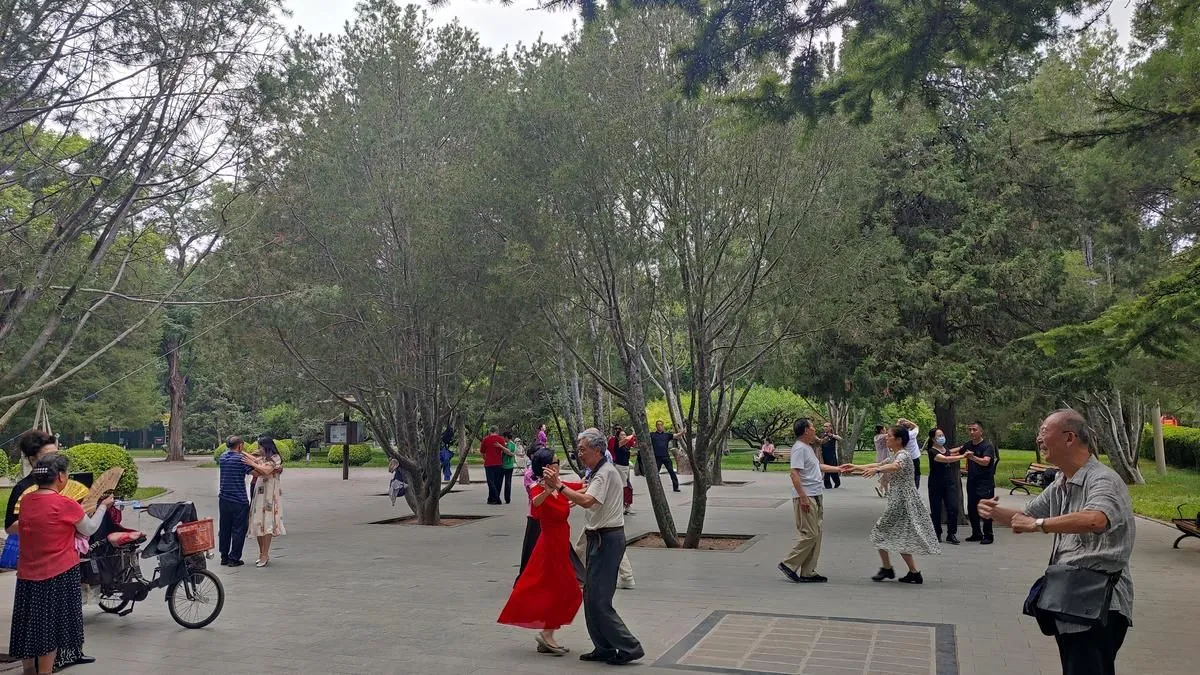China has unveiled plans to adjust its retirement age for the first time in over four decades, responding to demographic shifts and economic pressures. The proposed changes, set to be implemented gradually over the next 15 years starting in 2025, mark a significant shift in the country's labor policies.
Under the new plan, the retirement age for men will increase from 60 to 63, while for women, it will rise from 55 to 58 in white-collar professions and from 50 to 55 in blue-collar jobs. This adjustment comes as China grapples with a rapidly aging population and a shrinking workforce, factors that have intensified economic challenges in recent years.
The decision to raise the retirement age is rooted in China's changing demographics. The country's life expectancy has increased significantly, rising from 66.8 years in 1978 to 77.3 years in 2019. Simultaneously, China's fertility rate has fallen to about 1.3 children per woman, well below the replacement level of 2.1. These trends have led to projections that China's elderly population (65 and older) could reach 330 million by 2050, placing immense pressure on the pension system and workforce.
China's economic landscape has also influenced this policy shift. The country has faced difficulties in rebounding from the COVID-19 pandemic, with sluggish growth and a property sector downturn exacerbating existing challenges. Duncan Wrigley of Pantheon Macroeconomics notes that unlike previous economic slumps, the government has been more cautious in stimulating growth due to concerns over debt levels.
The pension system, which covers over 1 billion people, is under increasing strain. In 2020, the average monthly pension payment in China was a mere 170 yuan ($23.62), according to the UN's International Labour Organisation. The dependency ratio, which measures the non-working age population against the working-age population, is expected to rise from 38% in 2015 to 69% by 2050, further highlighting the need for reform.
"We have more people coming into the retirement age, and so the pension fund is [facing] high pressure, that's why I think it's now time to act seriously."
In addition to raising the retirement age, the government plans to extend the minimum contribution period for receiving basic pension payments from 15 to 20 years. These measures aim to ensure the sustainability of China's pension system, which is projected to see expenditures rise from 4% of GDP in 2015 to 15% by 2050.
The decision to implement these changes was based on a comprehensive assessment of various factors, including average life expectancy, health conditions, population structure, education levels, and workforce supply, according to state media. As China navigates these demographic and economic challenges, the success of these reforms will be crucial in shaping the country's future economic stability and social welfare system.
